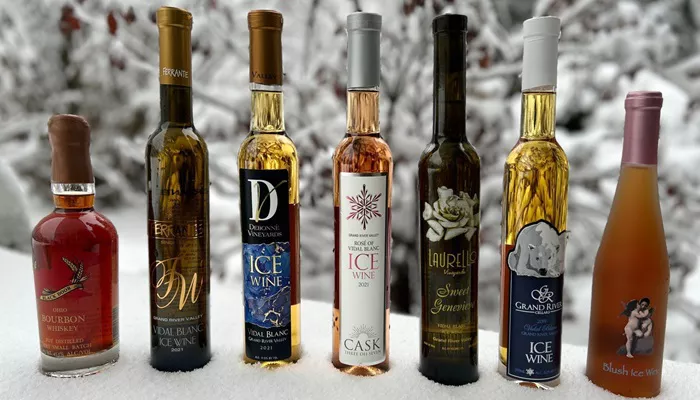HONG KONG — In a significant development unveiled at the ProWine Hong Kong Wine Fair, a new research report from the Institute of Wine and Beverage Business at Germany’s Geisenheim University reveals that white wine is set to become the most dynamic category in China’s evolving wine market. The study forecasts that dry white wine will overtake red wine in popularity and industry valuation by 2027.
The research, conducted through an international survey between November 2024 and February 2025, gathered insights from Chinese distributors and global producers. It indicates a decisive shift in market dynamics, with white wine now regarded as the category with the highest growth potential amid a slowdown in the overall wine market.
White Wine Rises Amid Red Wine Decline
The study highlights a dramatic contraction in China’s red wine production over the past decade, dropping from over 1 million kiloliters annually to just 120,000 kiloliters. This steep decline, noted by Master of Wine Xing Wei and other industry experts, has created an opportunity for white wine to fill the vacuum in both supply and consumer interest.
One of the key findings is the emerging imbalance between supply and demand in the white wine segment. While red grape production has plummeted, the base for white grape cultivation remains limited. However, demand continues to surge, leading to a rare price inversion in raw materials. In Ningxia, for example, white grape varieties now command higher purchase prices than Marselan, a traditionally dominant red grape.
Technological Innovations Address Supply Constraints
In response to the shortage of white grape raw materials, winemakers are turning to innovation. Under the guidance of Austrian consultant Lenz Moser, Chateau Changyu Moser XV has pioneered the production of dry white wine from red Cabernet Sauvignon grapes. This process, involving low-temperature immersion and pigment adsorption, led to the launch of China’s first mass-produced “white in black” wine in 2018, followed by an oak-aged version in 2020.
“This phenomenon reflects both market necessity and consumer appeal,” said Xing Wei, noting the growing presence of these unconventional white wines in the marketplace.
Domestic and Imported Brands Drive New Market Trends
Leading Chinese wineries are accelerating their strategic investment in white wine production. Yunnan Shangri-La Wine’s high-end brand “Célébre” has introduced a barrel-fermented Chardonnay sourced from vineyards at 2,400–2,800 meters elevation. The wine is now available in high-end retail outlets such as London’s Hedonism Wines at £160 per bottle, signaling Chinese white wine’s entry into the global premium market.
Meanwhile, imports continue to play a significant role. Germany’s Riesling and New Zealand’s Sauvignon Blanc dominate the imported white wine market in China, accounting for 31% and 28% respectively of a €120 million segment in 2024. Awareness among Chinese consumers of Riesling’s sweetness classification has reached 47%, according to the German Wine Institute, while data from the New Zealand Trade and Development Board indicates a 12% year-on-year increase in Sauvignon Blanc’s market penetration in East China.
Sparkling wines such as Italian Prosecco and French Crémant, though currently holding a modest market share of less than 5%, saw a 63% year-on-year increase in imports, underscoring the growth potential of emerging categories.
Consumer Cognition Remains a Challenge
Despite market momentum, entrenched consumer preferences continue to pose challenges. Xing Wei’s MW research on wine purchasing behavior reveals that Chinese consumers still prioritize red wine over white and sparkling alternatives. For many, wine remains synonymous with red, making education and cultural resonance essential to broadening market appeal.
“Localized marketing strategies must go beyond surface-level symbolism,” said Xing. “Genuine cultural connection is crucial—this is not as simple as adding a dragon to a wine label.”
Outlook: High Potential Amid Structural Challenges
The report concludes that the Chinese white wine market is at a pivotal juncture. Continued investment from both domestic producers and international exporters, combined with consumer education and product innovation, could propel white wine to the forefront of China’s wine industry.
However, realizing this potential will require concerted efforts across the supply chain to address raw material bottlenecks and to reshape consumer perceptions. As highlighted by the ProWine report, white wine represents not only a growth category but a potential engine for revitalizing China’s wine market in the years ahead.
You Might Be Interested In:


